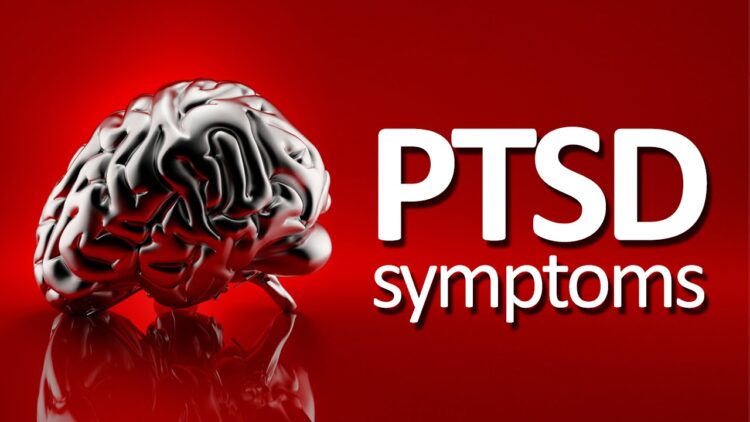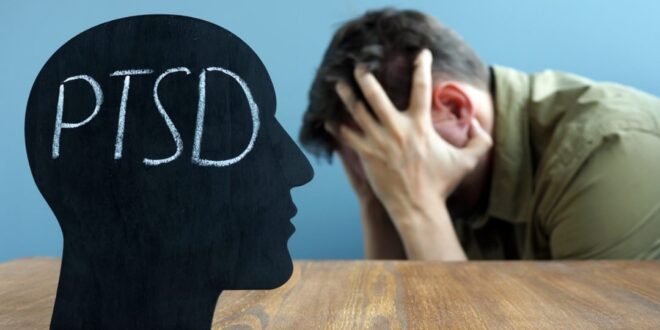Post-Traumatic Stress Disorder or more commonly known as PTSD is a disorder that people develop after experiencing some kind of a dangerous, scary or shocking event. It is very normal to feel scared and afraid during or after a traumatic situation. This fear triggers a lot of changes in the body in an instant to avoid danger in the future. This response is usually called fight-or-flight and it is a typical reaction meant to protect humans from harm.
Nearly everyone will experience the same range of reactions after a traumatic event, but most people will recover from these symptoms after some time. Those who continue to have these problems may be diagnosed with Post-Traumatic Stress Disorder. People who have PTSD may feel frightened or stressed even when they are not in any danger.
Who develops PTSD?

People of any age may develop PTSD. This includes survivors of sexual and physical assault, abuse, disasters, terror attacks, war veterans, car accidents, and other traumatic events. However, not everyone with PTSD has been through a traumatic scenario. Some experiences, such as the sudden and unexpected death of someone close can cause PTSD.
According to FHE Health, about eight or nine of every one hundred people will experience PTSD at least once in their lives. Women are more prone to develop PTSD than men. Some traumas may put a person at a higher risk and biological factors like genes may make some individuals much more likely to develop PTSD.
Symptoms of PTSD
Symptoms of PTSD usually begin about 3 months after a traumatic event, but sometimes may even begin much later. For symptoms to be considered PTSD, they must last more than 30 days and be severe enough that can interfere with functioning in work and relationships.
The course of the illness varies from one person to another. Some people may recover in just 6 months, while others may have symptoms that last much longer. In some people, the condition is ongoing (chronic). A doctor who has experience in helping people with mental illnesses such as a psychologist or psychiatrist can diagnose Post-Traumatic Stress Disorder.

To be diagnosed with PTSD, you need to have all the following:
- At least one avoidance symptom
- At least two reactivity and arousal symptoms
- At least two mood and cognition symptoms
- At least one re-experiencing symptom
Re-experiencing symptoms include Flashback which is reliving the trauma multiple times with physical symptoms like sweating, adrenaline and racing heart, bad dreams and frightening thoughts. These symptoms can cause problems in an individual’s everyday life. Objects, words, and situations can trigger these symptoms.
Avoidance symptom is when a person starts avoiding places, people, feelings and thoughts that are reminders of the traumatic experience. These symptoms may cause an individual to completely change his personal routines.
Arousal symptom is when a person constantly feels tense and on edge, is easily startled and has difficulty sleeping. These symptoms can cause a person to constantly feel stressed and angry.
Cognition and mood symptom is when a person has distorted feelings like blame or guilt, has lost interest in enjoyable activities and has constant negative thoughts about oneself or the world. You can also click here to learn more and get a more in-depth look on some of the symptoms.
 Hi Boox Popular Magazine 2024
Hi Boox Popular Magazine 2024



